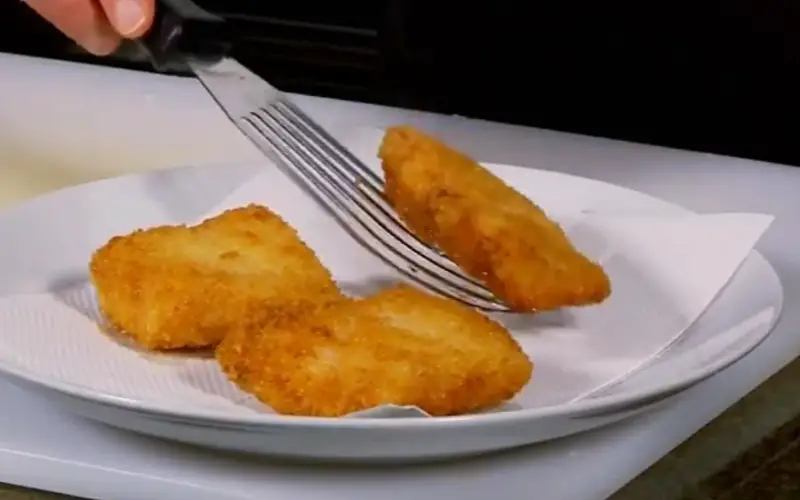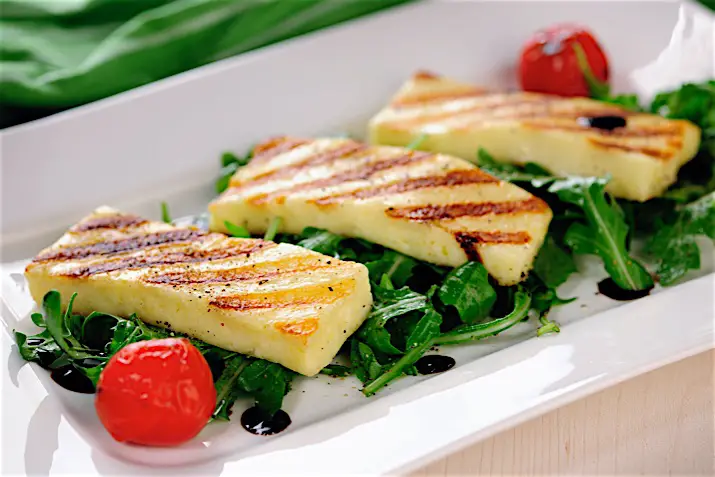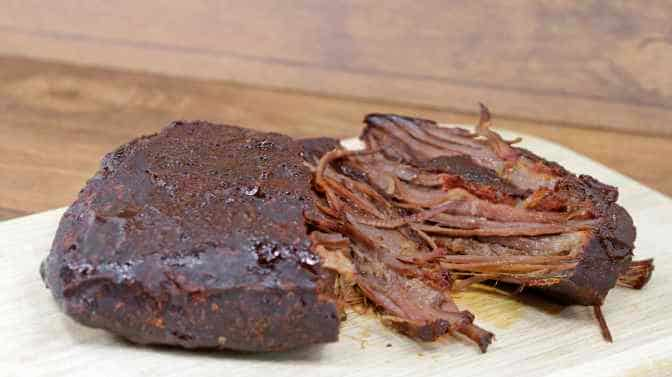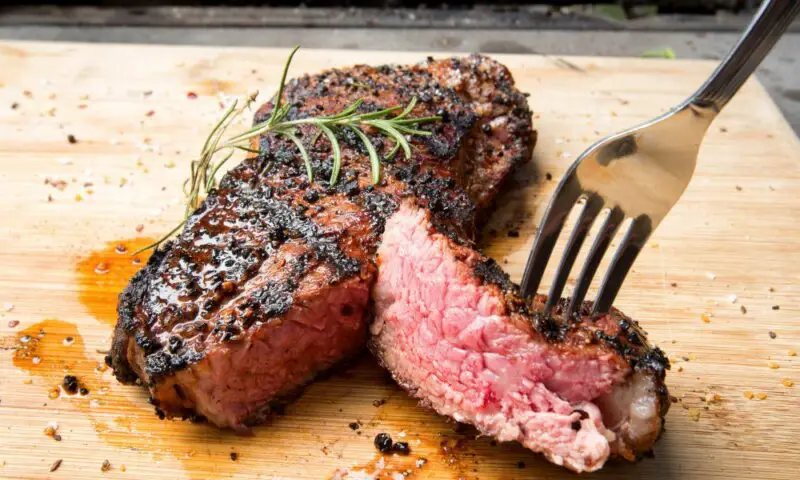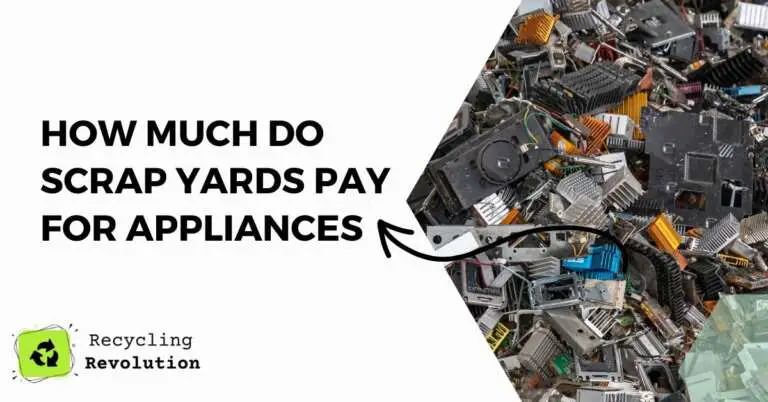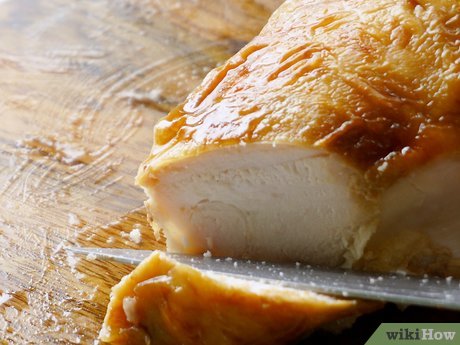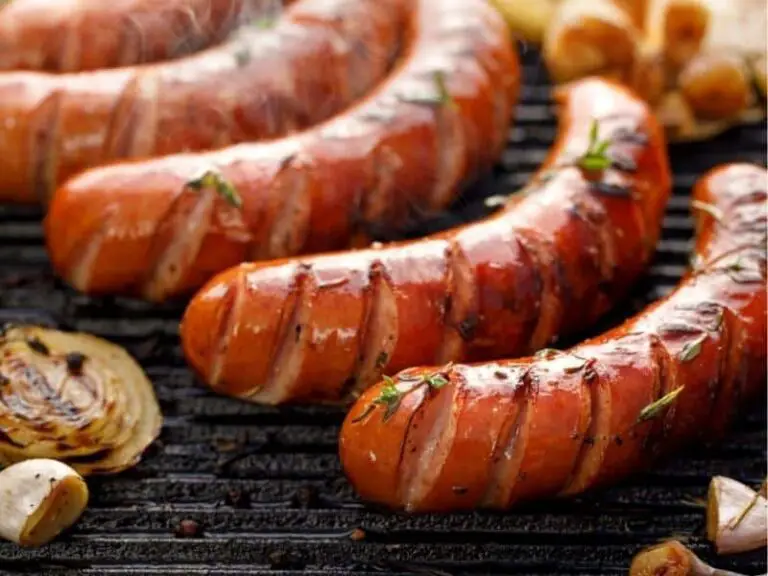Shallow frying is an incredibly popular cooking method around the world. It’s commonly used to cook food such as meats, poultry, and vegetables. This versatile cooking technique involves heating oil in a frying pan or skillet and then lightly frying ingredients until they are golden brown and cooked through.
Despite its popularity, shallow frying is not without its drawbacks. In this article, we will explore the disadvantages of shallow frying and why it’s important to be aware of these potential risks.
Definition of Shallow Frying
Shallow frying is a cooking method where ingredients are fried in a small amount of oil until they are crispy and golden brown. The key difference is that with shallow frying, the ingredients are only partially submerged in oil. This makes shallow frying different from deep-frying which involves fully submerging ingredients in hot oil to cook them.
Shallow frying has been around for centuries and has roots in many cultures around the world. Through time its popularity has only risen to become one of the most widely used cooking methods today.
Nutritional Disadvantages
Despite being a quick way to prepare tasty food, shallow frying can have nutritional drawbacks that individuals must be knowledgeable about while making dietary choices. When food is heated for long periods, it loses nutrient value which increases the risk factor for certain health-related issues.
One disadvantage of shallow frying is that high-fat content oil can be dangerous for consumption over time especially if consumed regularly thus increases the risk factors towards obesity or other medical conditions.
Studies have shown that consuming regularly-fried food results in higher cholesterol levels and linked cardiovascular disease as well as increased risk factors towards cancer due to carcinogenic content found within some oils when subjected to high heat with similar studies linking deep-fried foods leading to increased inflammation within our bodies resulting in other health-related issues.
Safety Concerns
There are numerous safety concerns individuals must recognize before using this cooking method aside from previously mentioned nutritional disadvantages. One of the most significant risks is oil spillover which can cause hot oil to splatter and burn anyone nearby, it can also ignite fires.
And as with any food preparation, it’s essential to recognize that preparing food requires taking precautions. When frying, especially using high temperatures or contaminated oils these risks are increased without proper measures in place. It’s important not to leave the stove unattended and always use proper equipment such as mitts when placing or removing anything from hot oil.
Environmental Impact
When disposing of oil that has been used for shallow frying it is immensely important to avoid pouring it down drains which negatively impacts the environment. Fat from cooking oils reacts with water becoming insoluble sometime turning into fatbergs eventually obstructing sewer pipes and filtration systems leading to flooding and pollution.
Used cooking oils shouldn’t be thrown away in regular bins either as they have negative impacts on landfills and our surroundings due to their slow decomposition taking years without breaking down thus contaminating surrounding soil hence why individuals must be cognizant and properly dispose of cooking oils via appropriate methods like recycling.
Economic Concern
It’s worth noting that another disadvantage of this cooking method revolves around its affordability side both commercially and within households; depending upon location, purchasing a luxurious amount of oil needed for frequent deep-frying action could become problematic financially speaking. For households having a tight budget or within third world countries where excessive indulgence in deep-fried meals isn’t practical must be aware of other alternatives for their nutrient values.
Suppose you’re looking at earning your income through cooking; in that case, various factors such as transportation expenses relating to receiving supplies, available storage spaces for ingredients i.e., meats or poultry which can perish if not stored under specific conditions right after being purchased etc., all these factors affect economics relating towards the production cost resulting in prices for consumers going up while affecting turnover profits.
Alternatives
To avoid health-related risk factors, other cooking methods could be adopted by individuals looking for healthier alternatives that reduce oil and fat content without sacrificing taste. One of those methods includes baking, a healthier alternative with no required addition of added oils or fat.
The application of an air fryer is particularly useful as it retains the texture and taste of fried food while using little or no oil hence reducing its final calorie count. Grilling and steaming food are other effective ways individuals can consider when wanting to prepare nutritious meals since these methods consume little to no added oil usually focusing on water or hard solid surfaces as the heat carrier.
Conclusion
Cooking is an essential part of human life but also presents challenging areas when it comes to health, safety, and environmental concerns. In conclusion, shallow frying is one such cooking method with numerous drawbacks like reducing nutritional value in prepared foods, causing potential physical hazards in the kitchen area through oil spillovers/ignition etc., not being environmentally friendly or economic concerning either commercial enterprises or households operating on limited budgets while having practical alternatives available that present less risk relating to dietary choices providing good taste with fewer additives.
Thus it’s vital we recognize these disadvantages that arise due to engaging in a frequent activity like shallow frying; this way, we can take preventative measures keeping our community safe while leading healthier lives by making informed dietary choices that will benefit us in the long run.
Q&A
Q: Is shallow frying healthy?
A: Shallow frying is not considered as the healthiest cooking method. It requires a lot of oil, which can lead to an increase in calorie intake and raise cholesterol levels.
Q: Are there any disadvantages of shallow frying?
A: Yes, there are several disadvantages of shallow frying. One of the biggest drawbacks is that it exposes food to high heat for prolonged periods which can cause burning or overheating. Additionally, it can result in an unappetising appearance and taste.
Q: What impact does shallow frying have on food quality?
A: Shallow-fried foods have a tendency to be less healthy and nutritious than other dishes because of the amount of oil they absorb. Furthermore, prolonged cooking can make them appear stodgy and overcooked.
Q: Can shallow-fried food be reheated?
A: Yes! You can reheat shallow-fried items on low heat in a non-stick pan or under a broiler with little oil. However, this technique can often dry out previously fried foods and alter their overall flavour or texture if not carefully monitored.
